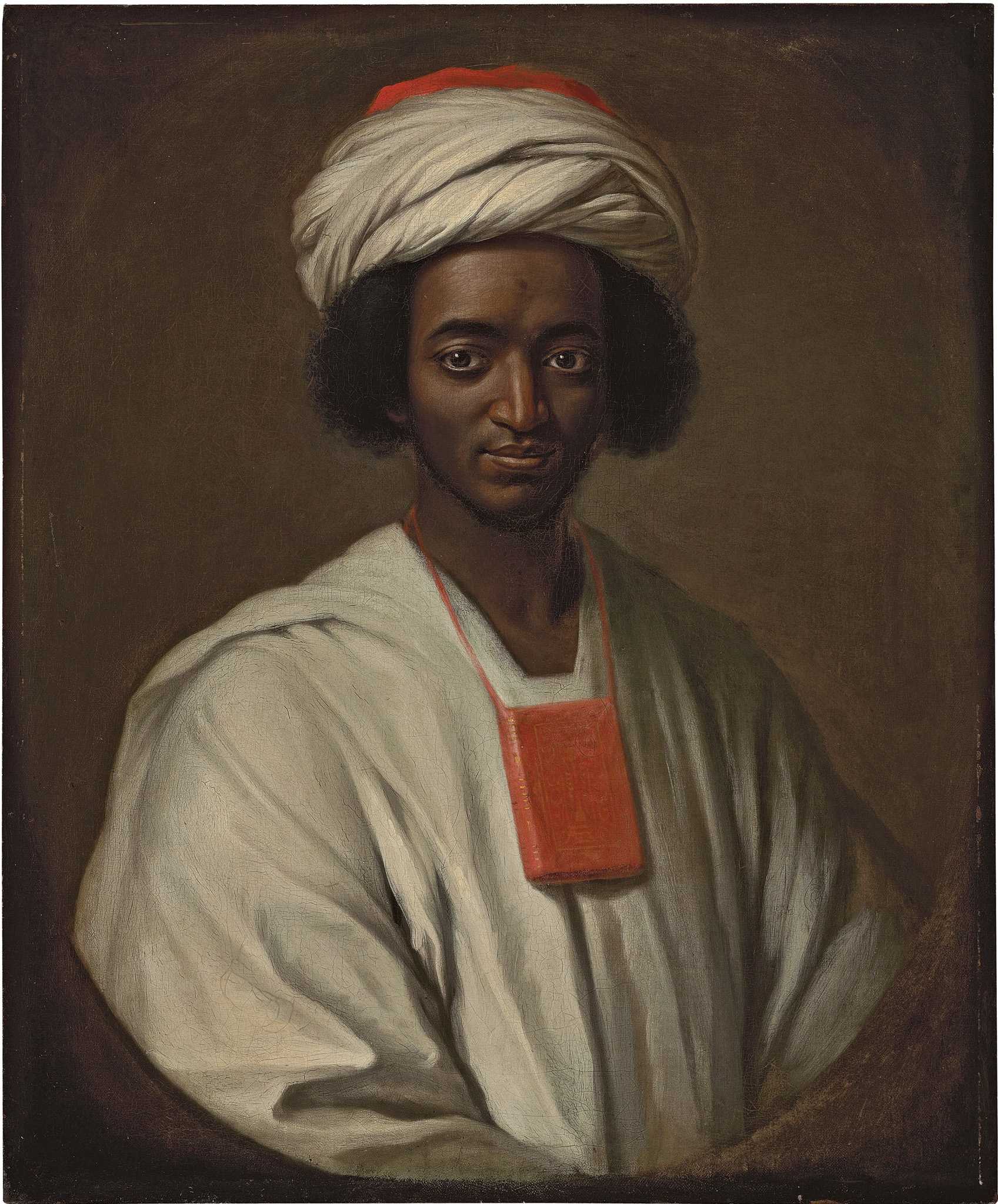Chapter 2
An Inhuman Trade
Following Columbus’s voyage in 1492, European’s traveled across the Atlantic and began the process of colonization. They displaced indigenous people, including killing some, placing others in bondage and seizing indigenous lands. As the global demand for slave labor grew, so did the Transatlantic Slave Trade, fueled in part by a new system of forced labor in the Atlantic World. Cowries, manillas, beads, and guns changed hands in exchange for African men, women, and children. By 1700, Europeans made money from the sale of African people and their labor—clearing land, carving out profitable landscapes, and cultivating cash crops in the Atlantic World.
From Trading to Traded
Whip
During the 1500s trade relations grew between Africans and Europeans along the western coast of Africa. By 1700, the trade in enslaved people had become more lucrative than buying and selling spices and precious metals. The plantation system expanded rapidly in the Americas, and the European demand for enslaved laborers pulled a steady stream of captive people from the African interior. This trade stripped African people of their freedom, resulting in a new form of bondage called chattel slavery that treated humans as property. A new form of slavery based on race was accompanied by escalating brutality and control.
Ayuba Suleiman Diallo
Ayuba Suleiman Diallo (Job Ben Solomon), 1733
Ayuba Suleiman Diallo (Job Ben Solomon) was an educated Muslim and slave trader from the Fulbe people. He was captured in 1731 and enslaved on a tobacco plantation in Annapolis, Maryland. Diallo’s devotion impressed his enslaver so much that he provided Diallo’s freedom and passage home. Upon returning to Gambia, Diallo became an agent for the Royal African Company and ransomed fellow enslaved Muslims. His story demonstrates the complex relationship between Africans and enslavement.
Mahommah Baquaqua
Biography of Mahommah Baquaqua
Mahommah Baquaqua was born in Benin and sold into slavery in Brazil. He was ultimately forced to New York where he escaped to freedom. His story represents the experiences of enslaved and free Africans in America, from religious conversion, to enslavement in the Caribbean, to being educated in the north, to settling in Canada. Baquaqua later recorded his life story documenting the horrors of slavery.
Ukawsaw Gronniosaw
Narrative of Ukawsaw Gronniosaw
Ukawsaw Gronniosaw (or James Albert) was born in present-day Nigeria, around 1705. Kidnapped and shipped to Barbados, a Calvinist minister purchased him, converted him to Christianity, and taught him to read and write. Freed in 1747, he published an autobiography about his life, to support his struggling family and expose racial discrimination. Perhaps because he was beholden to the man who sponsored him, Gronnisaw was not critical of the slave trade itself, and his work served as propaganda for it.
Enslaved African People in Europe
Madame Soucarières and her Page
Enslavers in Europe distinguished themselves from colonists in the western Atlantic World, whom they saw as inhumane in their treatment of enslaved people. However, this did not mean Europeans considered slavery immoral. In fact, many Europeans, including ministers, widows and others personally invested the slave trade. Some held African people in bondage in Europe, including African children who were adorned in ornate silver restraining collars. In Europe and the Americas, enslavers found many ways to justify slavery, including church-sanctioned interpretations of the Bible.
. . . tho’ to traffick in human creatures, may at first sight appear barbarous . . . the advantage of it . . . far outweigh[s] all . . . inconveniencies.
William Snelgrave, 1734
The Impact of the Slave Trade
Exchange Wealth, Indenture between Payne and Smith
By the 1600s, slavery had created modern Europe. Nation-states built an economic foundation on the slave trade, and they spread their influence across the globe through trade and colonization, particularly in Africa, the Caribbean, and the Americas. The Transatlantic Slave Trade was in full operation as profits, financial systems, and governments grew against the backdrop of human suffering. Europe prospered on the economic foundation provided by the expansive enterprise of slavery. Ultimately two different legacies emerged—one of wealth juxtaposed against the human cost.
